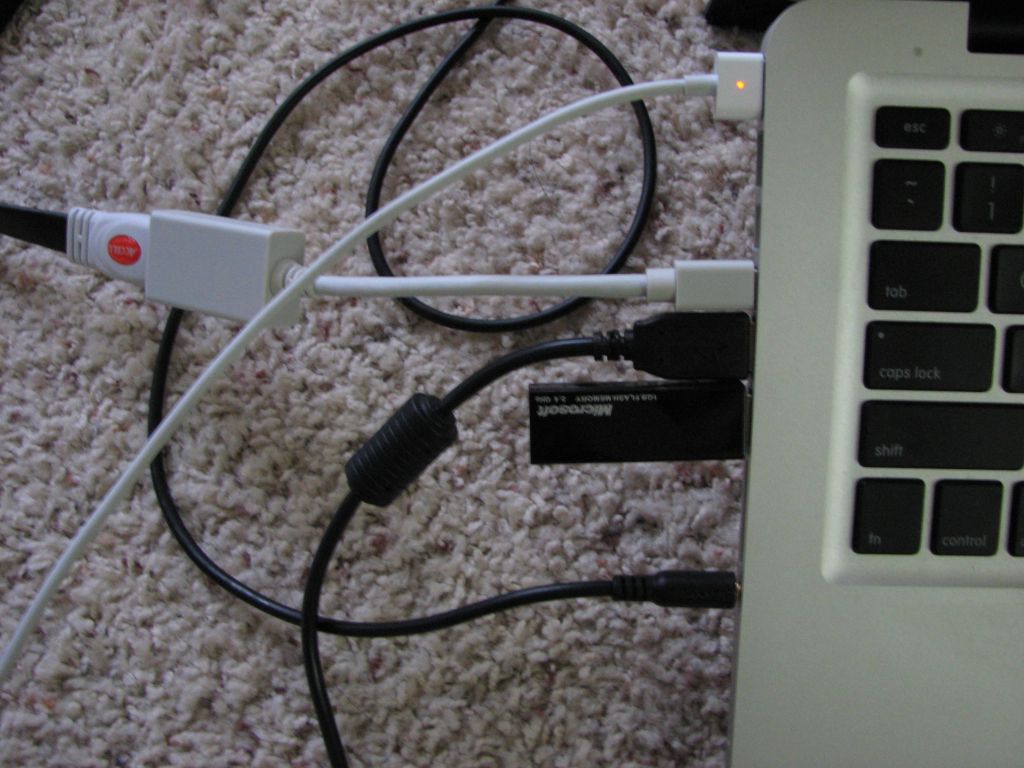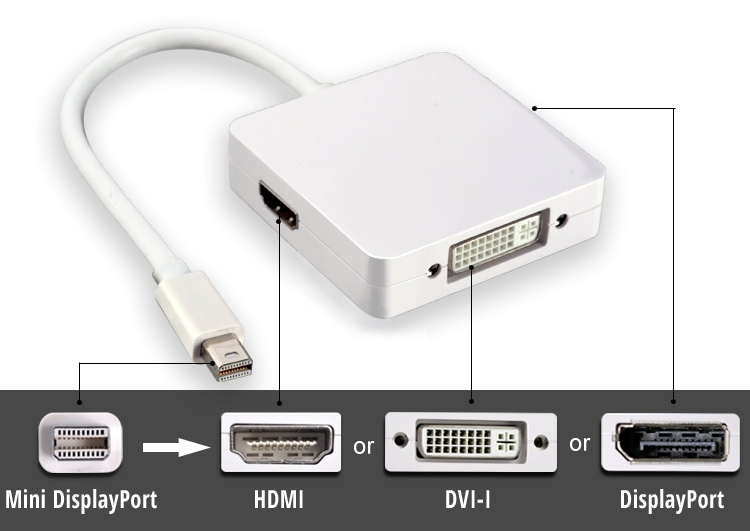

What you see on the iPad is what you see on the monitor.
#CONNECTING HDMI TO MAC PRO PRO#
Some don't charge, so you'll need an adapter such as Apple's USB-C Digital AV Multiport Adapter or your iPad is going to drain.įor the most part, connecting the iPad Pro to a monitor will simply mirror your iPad's display. Some monitors will also provide power to the iPad Pro, charging it as it's used.For all other monitors, you'll need the appropriate adapter (USB-C to HDMI, USB-C to DisplayPort and so on).If the monitor has a USB-C to USB-C connection, you'll be able to directly connect the iPad Pro, most likely with the monitor's included cable.Let me try to distill this down and make it easy.

LG's UltraFine 5K Display, on the other hand, relies on Thunderbolt 3 and will not work with the iPad Pro. Here's a good example of how confusing it is to navigate what will work and when: LG's UltraFine 4K Display supports a USB-C connection and works with the iPad Pro without any extra adapters.
#CONNECTING HDMI TO MAC PRO FULL#
Apple suggests Belkin's USB-C to USB-C cable or Apple's Thunderbolt 3 USB-C cable as a means to unlock the full throughput.

The iPad Pro uses the DisplayPort standard, but requires a high-speed cable in order to output at 5K resolutions. For example, the iPad Pro doesn't support Thunderbolt 3 displays, despite the connector looking identical to a USB-C connector. Not all USB-C connections are created equal. It also makes it possible to work with monitors that have up to 5K resolution. The new iPad Pro ( $537 at Amazon) makes it easier to do - arguably, as we'll see - thanks to its USB-C port. The H.264 Pro Recorder would receive video from the camera via Component-to-RCA-to-BNC, and would then transmit the feed to the computer via USB.The ability to mirror your iPad's ( $197 at Amazon) display to an external monitor has been possible for years through an HDMI adapter (30-pin or Lightning). (The second camera, a Canon XHA1s, is an older model that only outputs via Component Video and FireWire, and FireWire wouldn't work, since the data-rate for FireWire feeds is slower than with HDMI, causing latency issues when cutting between shots.)Īccording to B & H, our local video superstore, a Component-to-Wirecast connection is theoretically possible via the Blackmagic H.264 Pro Recorder: I'm wondering if it's possible to connect a second camera to the laptop via component video. Three AW-HE50H HD Integrated PTZ Cameras (HDMI Model) -> the cameras transmit video only Graphics: Intel Iris Graphics 6100 1536 MB MacBook Pro (Retina, 13-inch, Early 2015) >Proposed backup machine (***the MacBook Pro referenced in the subject line***): Please see the below for a complete list of stats, and let me know about any questions you have, if I left anything out, and/or if anything is unclear: The audio is delivered separately, through an analogue-to-USB audio converter, as detailed below. If that's correct, do you have any recommendations on hardware?Īlso, if this matters, note that the HDMI video feed would be video-only. I assume I would need a piece of hardware that creates an HDMI-to-USB conversion of some kind. However, I'm trying to set up a backup system in case the MacPro ever spontaneously dies on me and I need to restart the webcast in a hurry. (All of our content is live webcasted to huge audience, so every second counts.) This led me to wonder if it might be possible to connect one of the cameras to a MacBook Pro so I can resume the webcast from there. I'm wondering what would be the suggested setup and hardware for connecting an HDMI camera to a MacBook Pro? In my broadcast studio, I currently use a MacPro tower and have three HDMI cameras connected to it via BlackMagic video capture cards.


 0 kommentar(er)
0 kommentar(er)
